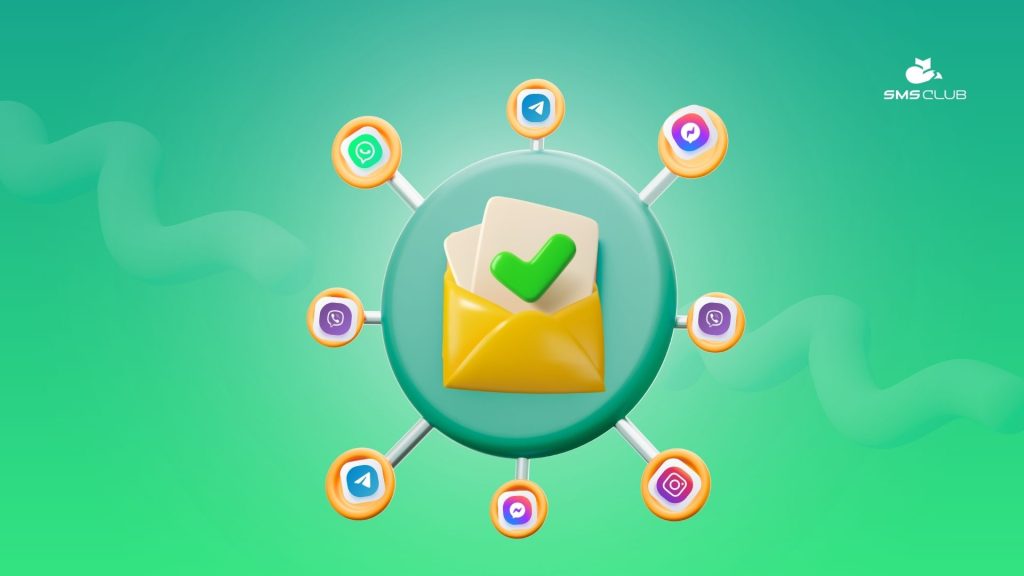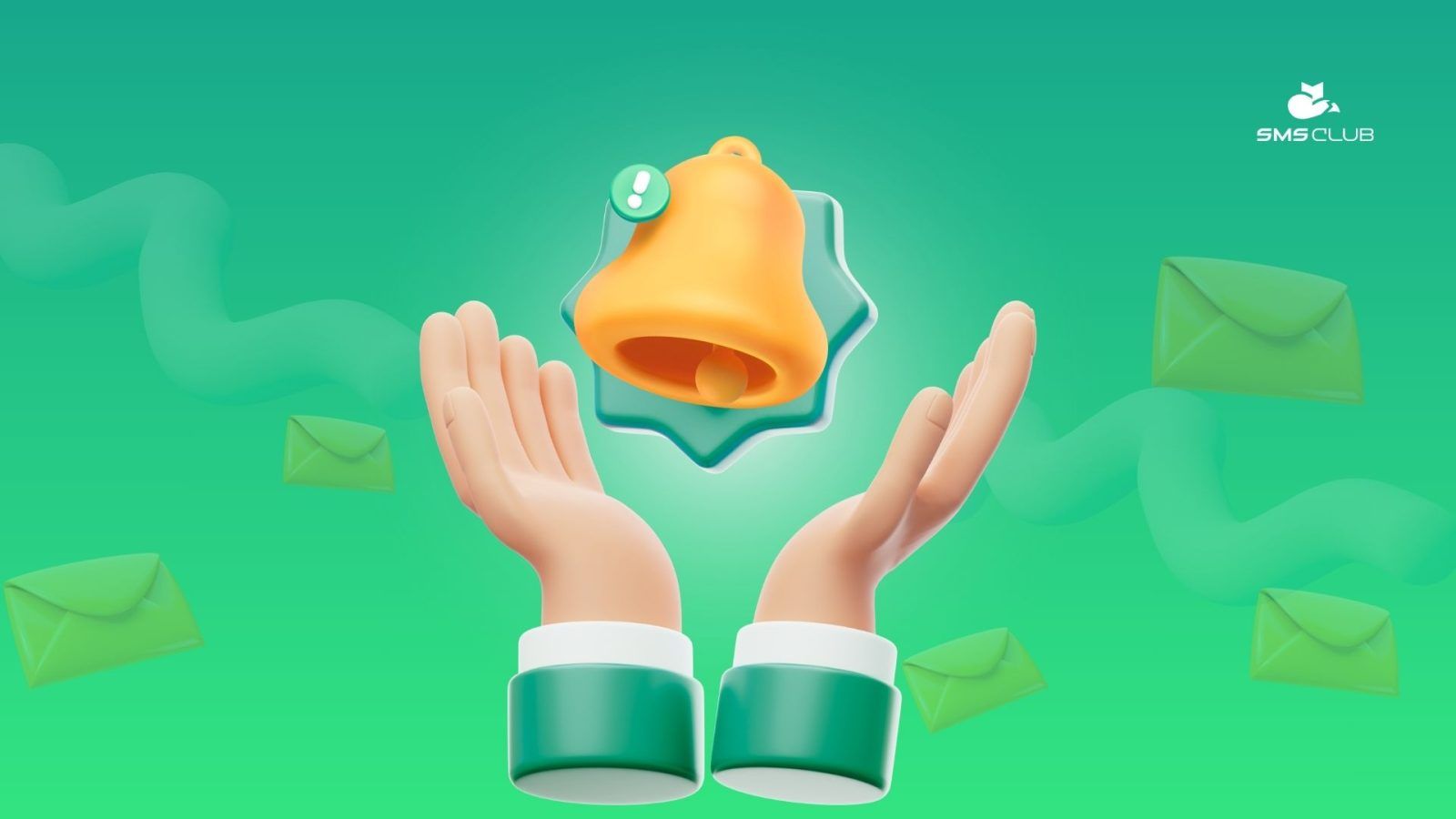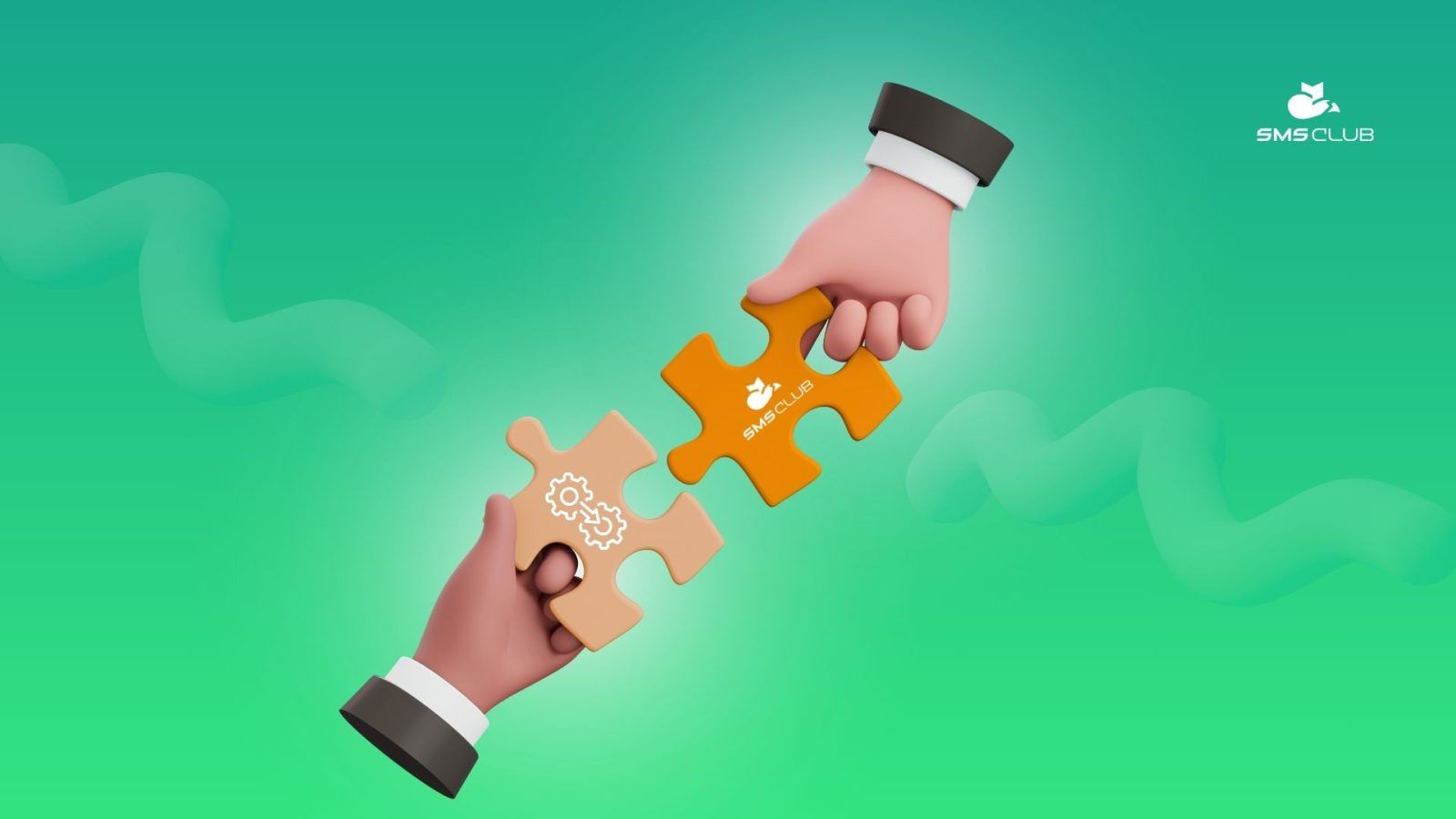Why is it important for businesses to use multichannel messenger bulk campaigns?

Contents:
Contents:
The market is one, but there are countless consumer “bubbles”, meaning groups with identical values and emotional needs. This diversity of characters, habits, principles, and preferences is felt on all levels—from the logic of product selection to the use of messengers.
Not so long ago, it was sufficient for advertising campaigns to send promotional messages only via email. Now, this is not enough, as people are scattered across platforms and are very reluctant to leave them. Therefore, by focusing solely on one channel, businesses automatically lose a portion of their audience—and the opportunity to engage them with their product.
How to combine different communication methods and set up an effective multichannel mechanism for business and marketing mass sendings — more on that below.
What is Multichannel Communication
Communication is the touchpoint between the client and the business. It is equally effective in a physical store, marketplace, social media, and chat bot. Targeted advertising and influencer partnerships are aimed at attracting the attention of new customers. Turning this casual interest into a strong and mutually beneficial relationship is precisely what multichannel communication is responsible for.
Experts distinguish two forms of this tool. They are similar, and each has its place:
- Multichannel Promotion—when your business is present on different platforms, each with a certain marketing freedom, its own communication plan, and its own approach to promotions and discounts. This option is suitable for businesses with clearly defined product lines and target audiences. For example, rakes with a 50% discount are only available in the offline store, while the Instagram account features only lawnmowers and garden gnomes.
- Omnichannel Promotion—when all those same channels work in sync. Thus, a “50% off rakes” offer will be active across all business platforms. Consequently, some customers will buy them in the “live” store, some will receive a notification via SMS or WhatsApp chatbot, and another group will learn about it in the “PROMOS” highlights on Instagram.
Whichever option you choose, the main channels for business mass texting have been, are, and will remain email, SMS, and messengers. Recently, pop-up notifications have also been added to the list.
Briefly about the “features” of each of them:
- SMS: available on all phones without exception, does not require the installation of an application, works without the Internet. This is the shortest format, and it has its advantages for message open rates and perception.
- Email: a traditional promotion method that is relevant for certain niches. Unfortunately, a large percentage of emails are often not viewed—at least because people use email only for registration somewhere.
- Viber: one of the most popular family messengers, which has a separate folder for business letters. There is an option to set up a cascading scheme—if a person deletes the app, they will receive this message via SMS. Also, a chatbot can be created here.
- WhatsApp: the number one messenger in the world, and its popularity is growing. Chatbots based on it solve a range of marketing tasks, including informing.
- Telegram: one of the most popular apps with a news focus. With its help, you can also send business bulk sms and collect analytical data—also through chatbots.
- Push notifications: a short pop-up window in apps or browsers that contains information about updates or promotions.
What tasks do multichannel bulk sms perform?
Each user has their own dynamics of presence in any messenger or mail. It happens that people delete apps or stop using some messengers for ideological reasons. They forget passwords, lose control over the account, or simply stop reading messages.
These are risks that cannot be calculated or influenced. However, if a business uses two or three channels for bulk sms at the same time, it is easier to remind customers about itself—and quite unobtrusively.
This approach provides:
- The widest audience coverage, which is the main task, advantage, and trump card of multichannel communication;
- Greater engagement;
- Wider opportunities for testing marketing bulk campaign. This, in turn, saves the budget from overspending and stimulates repeat sales;
- Increased conversion and customer retention.
Examples of multichannel communication
One well-known electronics store conducts various raffles on Telegram about once every two months. On Viber, it sends the same customers not only information about promotions but also reminders about the balance on the bonus account of a specific customer.
Thanks to this, customers return to this store. Sometimes—to participate in the game. Sometimes—to save money, as every point is a hryvnia.
Another established brand demonstrates a harmonious marketing ecosystem. It stays in touch with customers regularly and comprehensively. For example, product selections, promotional offers, and promo codes are regularly sent via Email. Viber also receives advertisements. This channel is also used for transactional messages after a purchase—order number, delivery status, etc.
The store also duplicates organizational messages via SMS and uses Push notifications if the client has an unpaid item in the cart. Should we mention the app? The result: everyone knows the store—and when needed, they go there.
Lesser-known brands often limit themselves to a two-channel mass sendings system. For example, a streetwear store uses Email and Viber, a delicacies store combines SMS and Email, and a cosmetics store uses a Viber bot and SMS. In each case, the combination of channels makes the projects more recognizable.
How to organize an effective bulk sms: business tips
Marketing results are always successful if the bulk campaign reaches its “own” recipient—a person who is genuinely interested in this particular offer.
For this, only one thing is needed—to take care of the relevance of the client base. First of all, regularly update and improve it by adding new information about your customers—what they chose, which brand, what color, at what time, whether there were notes (send urgently, clarify size or composition, etc.).
These insights allow for more precise audience segmentation, and, accordingly, message personalization—selecting the optimal emotional accent, presentation, selection, etc.
This is a mirror process: multichannel marketing allows you to collect additional data about your customers and their behavior.
By analyzing them, you can gain many observations, conclusions, and significantly adjust your targeting approach.
Start this path by answering the question of which communication channel your audience prefers. If you have doubts, pay attention to SMS as a format that is always and everywhere accessible, or better—consult specialists who will help you set up the most effective combination for your requirements.
And one more thing. Try not to send identical content. Simply because your brand always has interesting ideas and offers.




